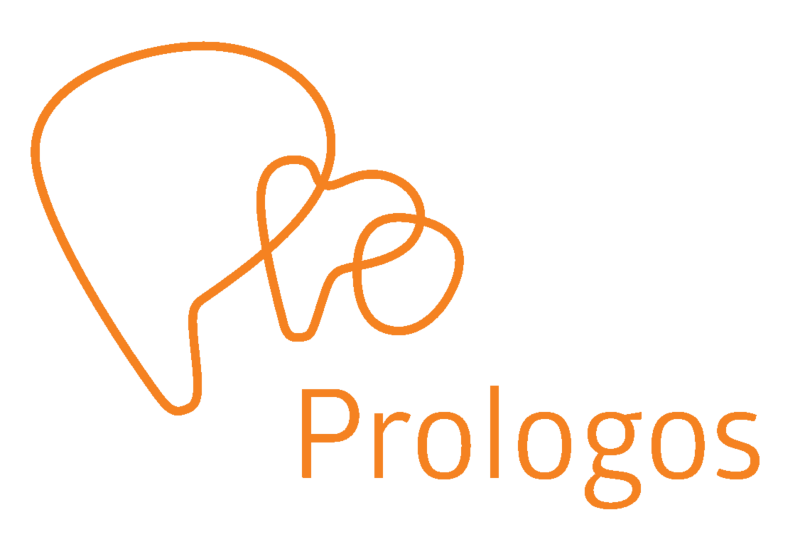Prologi is a peer-reviewed open access journal published since 2005. The journal has an editorial board that is changed every two years. The journal presents the latest research in communication and social interaction. Until 2020, Prologi was published as an annual yearbook. Today, the journal aims to publish at least two issues per year. The call for papers is ongoing. This journal provides immediate open access to its content. All the articles published are free of charge for both authors and readers.
ISSN 2342-3684
Publisher: Prologos
Publication languages: Finnish, English, Swedish






